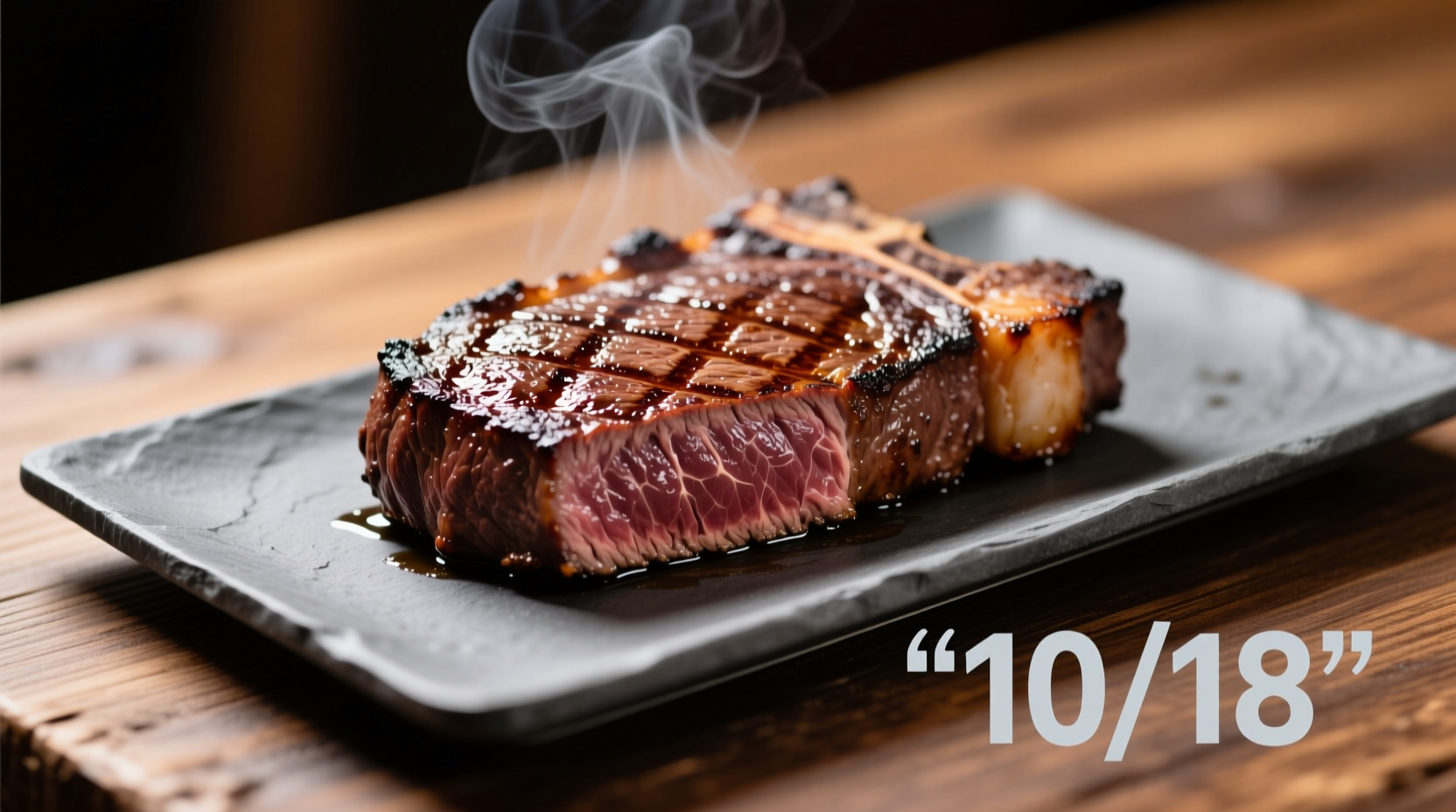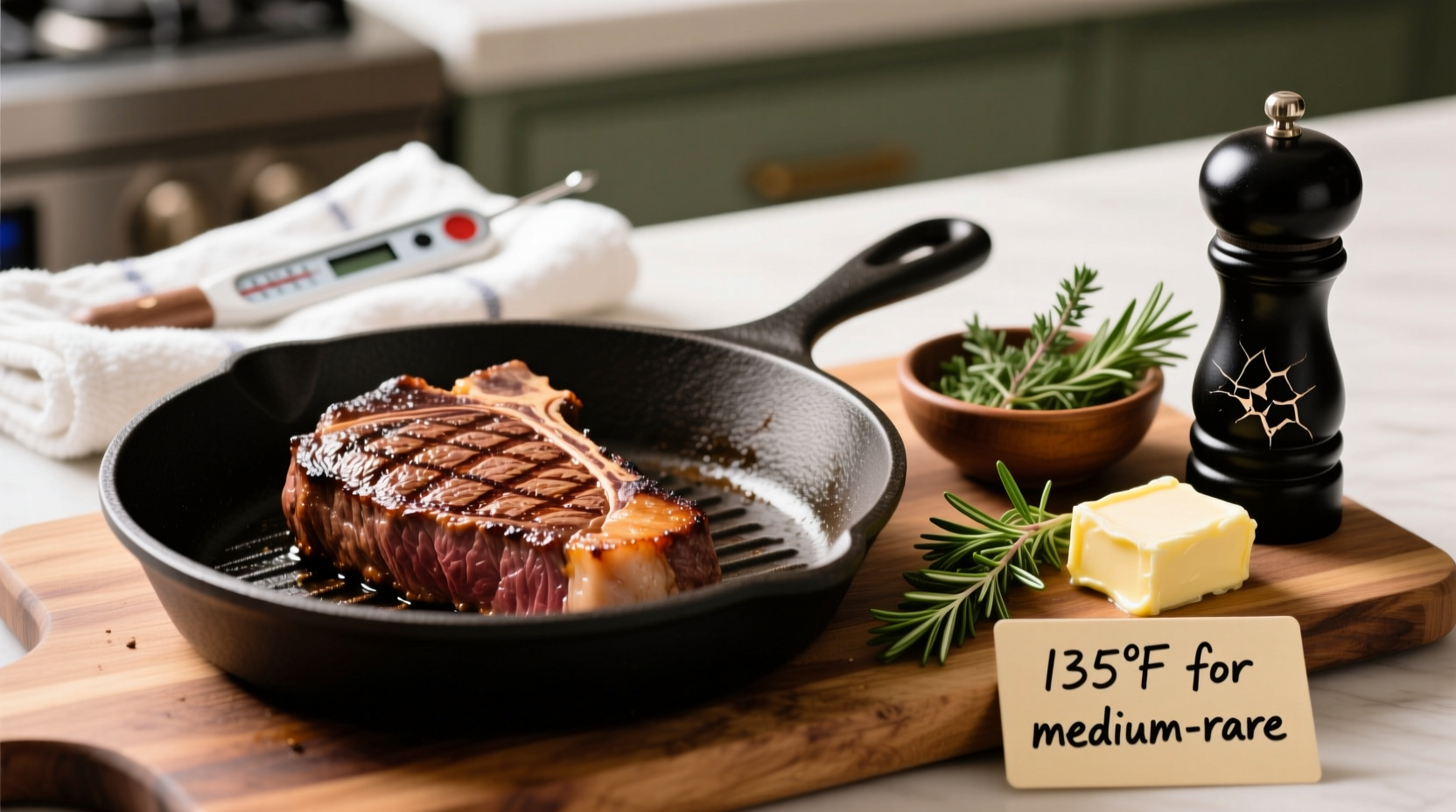Mastering Top Sirloin Filet: Your Complete Cooking Guide
Top sirloin filet delivers impressive flavor and tenderness when cooked properly, yet many home cooks struggle with this versatile cut. Unlike more expensive steaks, top sirloin filet requires precise technique to achieve restaurant-quality results without breaking the bank. This guide reveals the exact methods professional chefs use to transform this affordable cut into a show-stopping meal.
Why Top Sirloin Filet Deserves Your Attention
Often overshadowed by filet mignon or ribeye, top sirloin filet offers exceptional value with 30% less fat than ribeye while maintaining robust beef flavor. According to USDA data, this cut comes from the upper portion of the sirloin primal, containing the biceps femoris muscle which provides consistent texture when handled correctly. The American Meat Science Association confirms that proper cooking technique can elevate this cut to rival more expensive options.
| Steak Cut | Price Per Pound | Marbling Score | Best Cooking Method |
|---|---|---|---|
| Top Sirloin Filet | $12-15 | Moderate | Pan-sear + oven finish |
| Ribeye | $18-25 | High | Direct high-heat sear |
| Filet Mignon | $25-35 | Low | Sear + precise oven timing |
Essential Preparation Steps
Proper preparation makes the difference between tough and tender. Remove your steak from refrigeration 60-90 minutes before cooking to reach room temperature—this prevents uneven cooking. The Food Safety and Inspection Service (FSIS) recommends never leaving meat at room temperature longer than 2 hours for safety. Pat the surface completely dry with paper towels; moisture creates steam instead of sear. Season generously with coarse salt (1 teaspoon per pound) and freshly ground black pepper at least 40 minutes before cooking to allow proper seasoning penetration.
Professional-Grade Cooking Technique
The optimal method combines high-heat searing with controlled oven finishing:
- Preheat oven to 375°F and position rack in the center
- Heat cast-iron skillet over medium-high until smoking (400-450°F)
- Add 1 tablespoon high-smoke point oil (avocado or grapeseed)
- Sear steak 3-4 minutes per side until deep brown crust forms
- Transfer skillet directly to oven for 6-8 minutes
- Monitor internal temperature with instant-read thermometer
- Remove at 120°F for rare, 125°F for medium-rare, 130°F for medium
For thicker cuts (over 1.5 inches), the reverse sear method works best: start in a 275°F oven until internal temperature reaches 110°F, then sear for 90 seconds per side. This technique, validated by the Culinary Institute of America's research, ensures perfect edge-to-edge doneness.

Precision Temperature Guide
Don't guess—measure. The USDA FSIS recommends these internal temperatures for safety and quality:
| Doneness | Internal Temperature | Resting Time | Visual Indicators |
|---|---|---|---|
| Rare | 120-125°F | 8 minutes | Bright red center, cool throughout |
| Medium-Rare | 130-135°F | 10 minutes | Warm red center, slightly firm |
| Medium | 140-145°F | 12 minutes | Pink center, firm texture |
Remember that temperature will rise 5-10°F during resting—this carryover cooking is crucial for proper doneness. Cutting too soon releases precious juices, resulting in dry meat. Always slice against the grain at a 45-degree angle for maximum tenderness.
Avoid These Common Mistakes
Even experienced cooks make these critical errors with top sirloin filet:
- Overcrowding the pan—causes steaming instead of searing
- Flipping too frequently—prevents proper crust development
- Slicing immediately—loses up to 40% of juices according to meat science studies
- Using cold meat—creates uneven cooking and gray bands
- Guessing doneness—always use a thermometer for accuracy
Simple Flavor Enhancements
Elevate your top sirloin filet with these chef-approved finishing touches:
- Add garlic cloves and fresh thyme to the pan during the last 2 minutes of searing
- Baste with melted butter and herbs for the final minute of cooking
- Create a quick pan sauce using deglazed fond with red wine and beef stock
- Finish with flaky sea salt and a drizzle of high-quality olive oil
Pair with roasted vegetables or a simple potato puree for a balanced meal. Top sirloin filet's moderate fat content means it benefits from complementary fats in side dishes—this culinary principle, documented in the James Beard Foundation's cooking science resources, enhances overall flavor perception.











 浙公网安备
33010002000092号
浙公网安备
33010002000092号 浙B2-20120091-4
浙B2-20120091-4